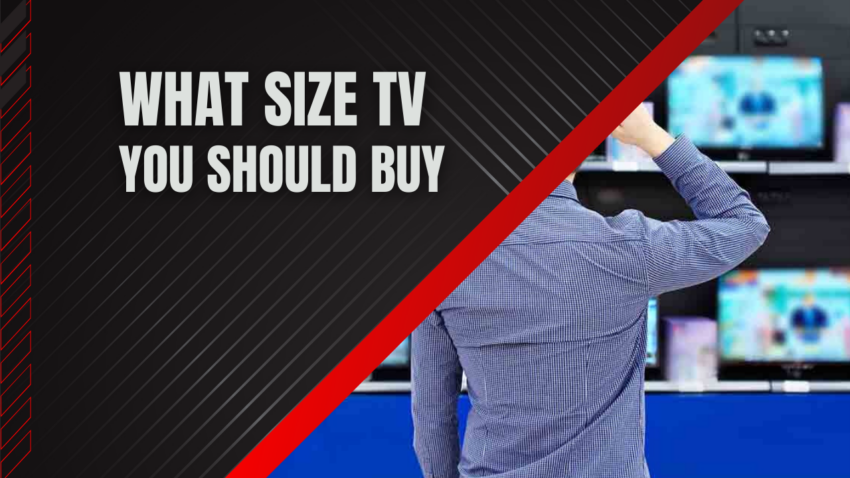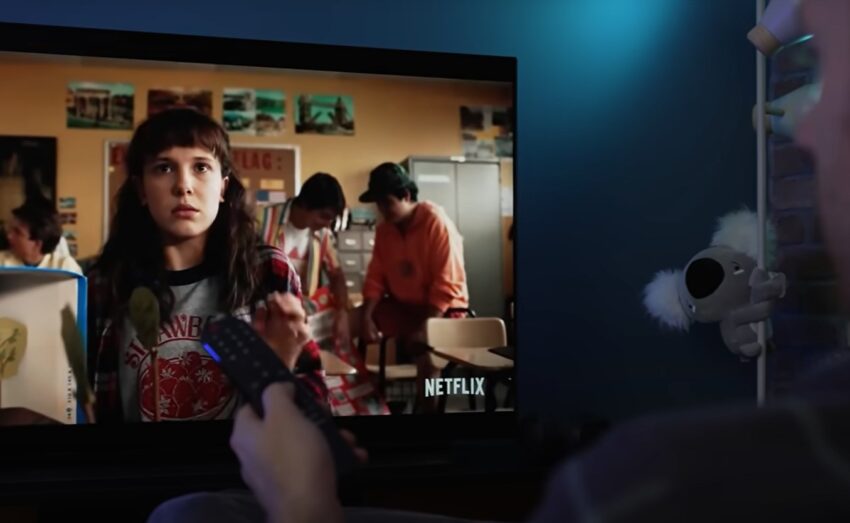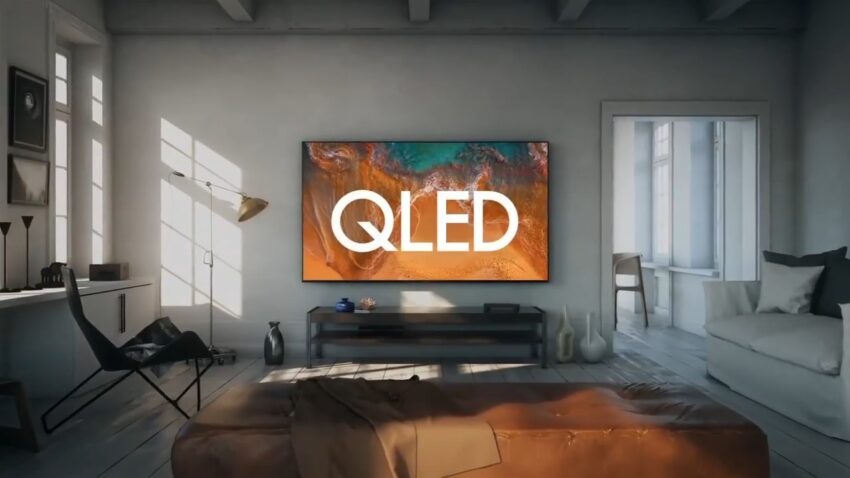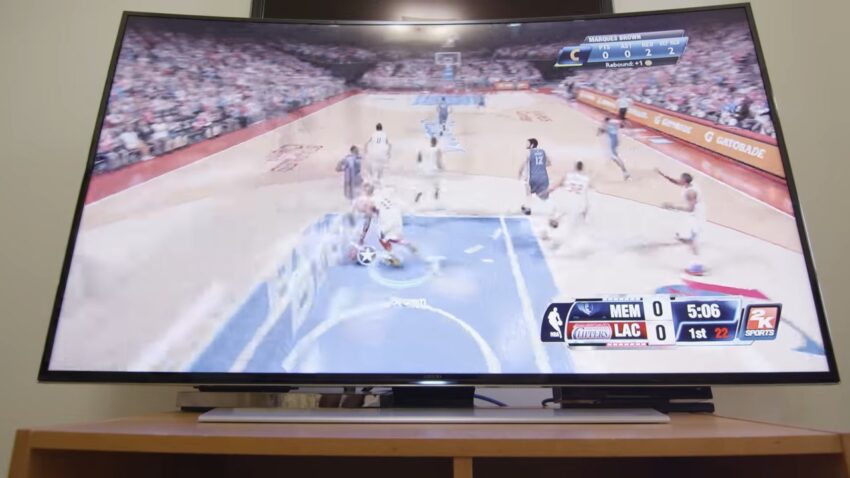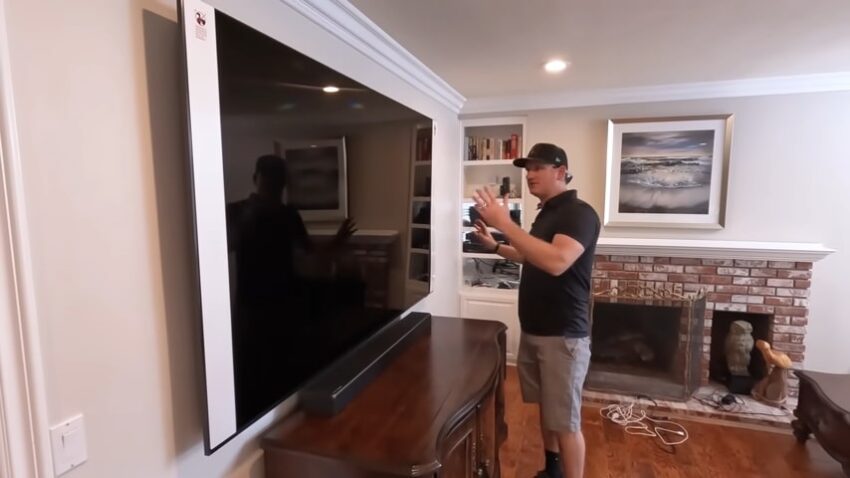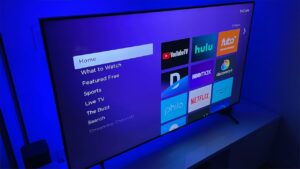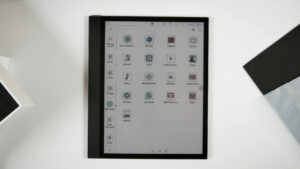One of the first things you’ll need to decide on while buying for television is the TV size. If a TV screen is too small, then, you’ll have an unpleasant viewing experience of your favorite shows, and with a big screen, it is going to dominate the room and you’re not going to be too far away as you can take it all in.
Trying to save money by selecting a smaller set can be tempting, or simply ‘going high’ on the biggest model you can afford, but knowing the best TV size for a living room will also really change the experience. With modern smart TVs offering thinner bezels, it’s surprising how neatly a larger screen might fit in a space, but conversely, a model that’s too small could look out of place.
Fortunately, our TV size chart will help you to make the right decision. Only figure out the difference from where you will be seated and the TV position and adjust the slider below. See also our recommendation on things to keep in mind while buying a 4K TV
| TV Size | Viewing Distance |
| 32″ | ~5.0 feet / 1.5 m |
| 40″ | ~5.5 feet / 1.6 m |
| 43″ | ~6.5 feet / 1.9 m |
| 50″ | ~7.0 feet / 2.3 m |
| 55″ | ~8.0 feet / 2.4 m |
| 60″ | ~8.5 feet / 2.5 m |
| 65″ | ~9.0 feet / 2.7 m |
| 70″ | ~9.5 feet / 2.9 m |
| 75″ | ~12.0 feet / 3.6 m |
How close should you sit for a 4K TV?
The proposed viewing distances are centered on high-definition televisions in the above method, but many now come with 4 K ultra HD displays, which means you can sit that little bit near. Pictures on these TVs might have four times the detail of a Complete HD package, but you just need to go 40-inch or greater to appreciate the picture quality increase.
And if you plan to watch 4 K content, don’t be afraid to select sets at the upper end of the above-mentioned range-or even a bit higher. For starters, 7 feet would be a comfortable distance, with a 40-inch 4 K TV.
Ultimately, though, how close you sit to your TV – whether it’s a HD or 4K model – is down to your own personal preference and the way you’ve set up your living room. After you’ve decided which size TV is best for you, the other pages in this guide round up the best 40 to 43-inch, 49 to 55-inch, and 60 and 65-inch TVs from our, independent testing.
How to measure your TV screen
Instead of measuring screen width you need to diagonally check the distance from corner to corner. Do not have the bezels, only the screen.
If you can’t find your tape measure then check the model number of your TV instead. You can usually find it on a label on the back of the body. The first number in the model name is always the screen size in inches.
What TV Size should you Buy?
What size of TV you are purchasing is a really significant decision to make while updating or changing your home Screen system. If you need 4 K or 8 K resolutions, the smart TV network you need, and if your budget stretches to one of the finest TVs out there or only a modest basic TV – but size is a vital factor in making sure you pick a TV that fits your needs.
The size of TV is getting bigger every year and the people expectations are continually increasing in effect.
The 65-inch TV is the quickest developing segment of the market. However, such enormous sets wouldn’t draw near to fitting in numerous individuals’ homes. 55-inch sets are the leader size nowadays, however regardless of whether you can fit it into your living room, you may not want a set that dominates the small space you have, or can’t be easily moved away when not in use.
It is not always simple what TV size you will purchase, which is why we have put together a guide to the main categories of TV sizes and each one’s strengths and weaknesses. Read below for our full overview of the various TV sizes you may like-including the best TVs in each category.
The mid-size TVs (40-43 inch)
Remember when a tv had a huge size of 40 inches? The 40/42/43 inch variety of TVs is often used as the starting point for a 4 K display, and it typically provides a convenient balance between the clarity of the picture and the size.
A native 4 K TV would allow you to view Ultra HD (3,840 x 2,160 pixels) video, show 4 K gaming from a PS4 Pro or Xbox One S / X, and input 4 K UHD Blu-Ray DVDs – and make the difference between a traditional collection of capabilities and a future-oriented one for TV resolution.
The big-screen TVs (55, 65, 75 inch)
You’ll be aiming at a 55, 65, or 75-inch television for anyone wanting a truly home theatre experience. Such devices are ideally adapted for entertaining large groups or friends, enjoying wide screen football and sporting events, and having the maximum effect of 4 K Ultra HD Blu-rays and films.
We’re lumping in the larger sizes here, as the benefits – and trade-offs – are pretty similar when you get to this scale.
The sets are more expensive, take up more room and have to work harder on their large screens to view regular HD / SDR content. But, if you have room for them, they will be completely beautiful to have in the comfort of your own home.
Other things to consider
Viewing angle:
Some televisions that lose color accuracy and contrast when you are not specifically watching the picture. It is a bit like washed out the image. It may be a issue for TVs whether you have a small living room or are sometimes viewing TV with a wide group of people. Check out our product reviews to show angle scores for every TV we’re reviewing.
Viewing angle is the maximum angle that allows customers to view the screen well. Different device types and displays have varying visual perspectives due to factors like pixel brightness, current stream through screen components, and overall engineering of how the screens are presented as interfaces. The viewing angle we list is the angle at which a TV’s image quality begins to degrade when it is viewed from the side. A TV will always have the best possible image quality when viewed directly opposite the display. The farther you move to the side, the more the colors will fade.
A TV’s viewing angle is the limit of its ideal image quality. Sit at a wider angle than the viewing angle at a position, and you’ll experience a worse image. For individuals sitting straight in front of their TV, this is not important, but it creates a difference for configurations with sitting off to the sides, like some living rooms. We take videos to illustrate the viewing angles of TVs and then also check what the panel technology type is and find the specific angle at which the picture begins to degrade.
Unfortunately, there is no way to improve the viewing angle on a TV. If you need a broad viewing angle, create sure you get a television that serves the need. If you already have a TV for viewing angle that doesn’t break it, rearranging your configuration is the only choice.
Curved screens:
Most big brand TVs now feature curved, rather than flat screens. They’re said to prefer to ‘wrap’ the picture around you for IMAX, but at best the effect is subtle, so you have to look straight on to see it really. Occasionally, the displays can even look a little distorted, particularly when lights reflect them off.
The stand:
Most big brand TVs now feature curved, rather than flat screens. They’re said to prefer to ‘wrap’ the picture around you for IMAX, but at best the effect is subtle, so you have to look straight on to see it really. Occasionally, the displays can even look a little distorted, particularly when lights reflect them off.
FAQ
What should I look for when buying a TV?
When buying a TV, there are a few key things to consider. Firstly, think about the size of the TV and how it will fit in your living room. Consider the viewing distance and choose a size that will offer an optimal viewing experience. Secondly, consider the resolution of the TV. If you want the best picture quality, look for a 4K or 8K TV. Finally, consider the features and smart TV capabilities of the TV, as well as its price and your budget.
What is the difference between 4K and 8K resolution?
4K resolution has a resolution of 3840 x 2160 pixels, while 8K resolution has a resolution of 7680 x 4320 pixels. This means that an 8K TV has four times as many pixels as a 4K TV, offering even greater detail and clarity. However, 8K content is still relatively rare, so if you’re buying a TV primarily for watching movies and TV shows, a 4K TV may be sufficient.
What is the difference between OLED and LED TVs?
OLED TVs use organic light-emitting diodes to produce each pixel, resulting in a brighter, more vibrant picture with deeper blacks and better contrast than LED TVs. However, OLED TVs are typically more expensive than LED TVs, and may not be as bright in well-lit rooms. LED TVs use a backlight to illuminate the screen, and are typically more affordable than OLED TVs.
How important is refresh rate when buying a TV?
Refresh rate refers to how many times per second the TV refreshes the image on the screen. A higher refresh rate can result in smoother motion and less motion blur, which can be important for watching sports and action movies. However, if you don’t watch a lot of fast-paced content, a lower refresh rate may be sufficient.
What is HDR and why is it important?
HDR (high dynamic range) is a technology that expands the range of colors and brightness that a TV can display. This can result in a more vibrant, lifelike image with better contrast and detail. If you want the best picture quality, look for a TV with HDR capabilities.
Should I buy a curved or flat screen TV?
This largely comes down to personal preference. Curved TVs are designed to provide a more immersive viewing experience by wrapping the picture around you, but they can also be more expensive and may not fit as well in some living rooms. Flat screen TVs are typically more affordable and easier to fit into a variety of spaces.
Final Thoughts
As much as the ever bigger size TV out there could impress everyone, it’s important to remember that bigger screen TV are not really always better.
Obviously, a bigger screen TV will show a larger picture, but if it can’t accommodate higher resolutions – or the upscaling techniques required to enlarge content with low resolution – you’re only paying for a big, blurry image. Of all, you require more pixels for a bigger size TV and those additional pixels have to be up to the heavy-duty image analysis to render any HD or UHD video appear good on a bigger screen TV.
A bigger size TV is also harder to fit into cramped spaces, and can dominate the room it’s in. That’s fine if you want to give your TV pride of place, but worth considering before you jump for the bigger screen TV you can find.
Related Posts:
- 10 Incredible TV Stands for Entertainment System…
- Should I Buy a Refurbished TV? - Upgrade Your Home…
- 10 Best Smart TVs to Buy in 2024 - Upgrade Your Home…
- LG NANO85 LED Screen TV 2024 - Should I Buy an LG…
- Why Should I Buy a 4K TV or Wait - 2024 Guide
- Different Features of 65" and 60" TVs - 2024 General…


